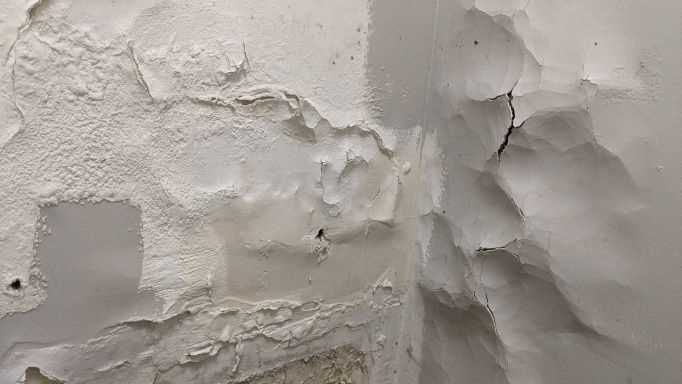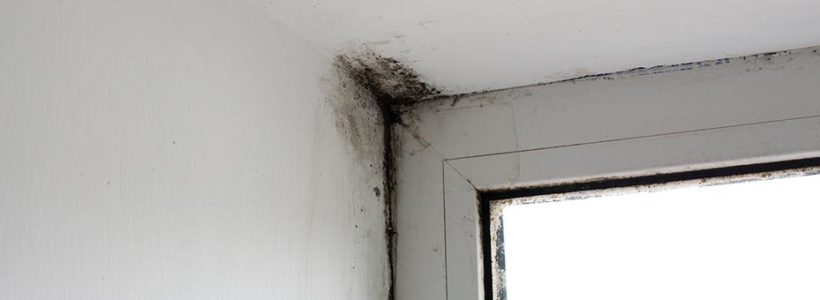Stains from Water on Wall Surfaces: Assessing and Addressing Approaches
Stains from Water on Wall Surfaces: Assessing and Addressing Approaches
Blog Article
What are your ideas on Indicators of Water Damage Behind Walls?

Water discolorations on walls are not enjoyable to the eyes. Often it seems almost unpreventable to experience water stains on wall surfaces in houses.
Home owners living in humid regions frequently manage the anxiety of water stains on walls. However that doesn't need to hold true for you. With exact as well as well-shaped details on the root causes of water stains and prompt fixing processes, you will constantly be a step ahead of such events. This article assures to be a practical overview for you.
3 Usual Causes of Water Spots on Walls
Contrary to common belief, water discolorations on walls do not constantly originate from inadequate building materials. There are numerous sources of water stains on walls. These include:
Poor Drainage
This will avoid water from seeping into the wall surfaces. This links to too much dampness that you observe on the walls of your structure.
So, the leading root cause of damp walls, in this case, can be a bad drain system. It can also be due to bad administration of sewer pipes that run through the building.
Moist
When hot moist air meets with completely dry cold air, it causes water droplets to form on the walls of buildings. When there is steam from cooking or showers, this takes place in restrooms and kitchen areas. The water droplets can tarnish the surrounding walls in these parts of your residence and also infect other areas.
Damp or condensation influences the roofing system and also wall surfaces of structures. This causes them to show up darker than various other areas of the residence. When the wall is wet, it produces an appropriate atmosphere for the growth of germs and also fungis. These might have negative effects on health, such as allergic reactions and breathing disorders.
Pipeline Leaks
A lot of homes have a network of water pipes within the wall surfaces. This makes certain that the pipelines are faraway from the reach of harmful rodents. It always raises the feasibility of such pipelines, as there is little oxygen within the wall surfaces. This inhibits corrosion.
A drawback to this is that water leak impacts the wall surfaces of the building as well as causes prevalent damage. A dead giveaway of defective pipes is the look of a water tarnish on the wall surface.
Water Spots on Wall Surface: Repair Tips
When dealing with water stains, house owners would typically want a fast fix. Yet, they would certainly soon understand this is detrimental as the water spots recur. So, here are a couple of valuable ideas that will assist you in the repair service of water spots on walls:
Pro Pointer
A houseplant in your house likewise increases its moisture. So, if your house is currently moist, you may want to introduce houseplants with marginal transpiration. An example of suitable houseplants is succulents.
Final thought
Although no person wishes to have water discolorations on walls in their home, it can happen to the most effective people. This post gives you leverage, as you currently recognize how to manage this incident if it does take place.
It is constantly best to hire expert services to assist deal with the damages in your house.
Occasionally it appears practically inescapable to experience water stains on walls in houses.
In contrast to prominent idea, water spots on wall surfaces do not always stem from inadequate structure products. There are a number of reasons of water discolorations on wall surfaces. The water droplets can stain the surrounding wall surfaces in these components of your residence and also spread to other locations.
Here are a few useful suggestions that will assist you in the fixing of water spots on walls:
CHECKING FOR WATER DAMAGE
Water damage can be costly, and it may begin before you even notice the first signs of trouble. Water damage can cause mold and mildew in your walls and floors, which can create an abundance of health concerns for your family. It can also lead to costly repairs of various appliances and general home fixtures. To avoid the pricey consequences of water damage, here are Warner Service’s top 5 places you should check:
The walls – The easiest place to spot the beginnings of water damage is on the walls and ceilings of your home. If water damage is present, there will most likely be water stains, especially around the windows and doorframes, and/or cracks in the drywall. If a stain looks unusual (discolored to brown, black or gray, raised texture), has a swollen appearance or is soft to the touch, contact a professional immediately. The pipes – To avoid water damage, consistently check the pipes in your kitchen (especially the dishwasher and ice maker), bathrooms, laundry room (specifically washing machines) and basement for corrosion, leaks and water stains. Pay special attention to where the pipes connect in your home and the location of caulking around the bathroom fixtures, including toilets, sinks, showers and tubs. Missing or loose caulking and grout could be signs of leaking water. This seepage can also quickly cause mold and rust, so double check your water heater and tank for wet spots on the floor. The floor – Water damage is very easy to spot on the floor. Look for any warping or buckling of the material, especially in the basement. If your home has wood flooring, look for bright white or dark stains. If your home has carpeting, keep it dry and clean. A damp carpet that smells of mold could cause water damage and health problems. To avoid this, consider installing floor pans under your appliances to help prevent damages from small, slow and undetected leaks. The basement and attic – If your basement or attic smells odd check for mold and mildew around the area, especially the valley where the roof meets. While you are inspecting those areas, check for wall cracks, floor stains, rust and dampness in the insulation. If you live in a colder and/or rainier climate, perform routine checks for water damage from melting snow or ice and rain. The exterior – Check the roof for damaged flashing and missing, cracked or curled shingles. There should also be no standing water anywhere outside your home. This could be caused by puddles, leaky rain gutters or hoses, poor drainage, or short gutter spouts. Invest in a sump pump system or water flow monitoring system, and perform routine maintenance on these outdoor appliances to avoid indoor water damage.

As a person who reads about Indicators of Water Damage Behind Walls, I thought sharing that short article was valuable. Enjoyed our posting? Please share it. Help others locate it. Thank you so much for taking the time to read it.
Plumbing emergencies? Our experts await. Report this page